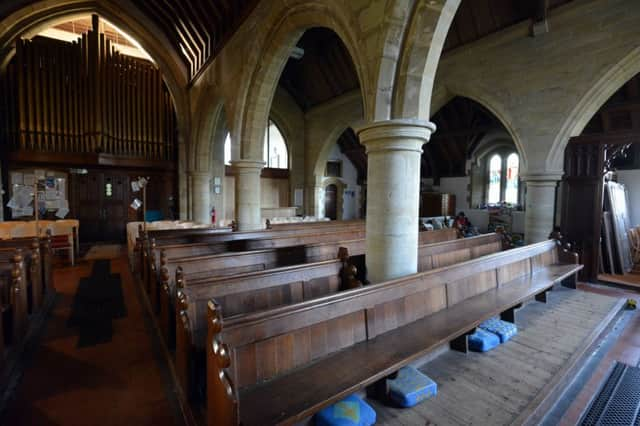Decision still awaited on fate of Chailey church pews


Plans to remove some of the Victorian pews at St Peter’s Church, Chailey, were the subject of a Consistory Court hearing on Friday.
It was held following objections from worshippers. War veteran Rob Tillard, 94, argued that it would alter the character of the 750-year-old building.
Advertisement
Hide AdAdvertisement
Hide AdJudgment was reserved by the Deputy Chancellor of the Diocese of Chichester, Mr Robin Hopkins.
A spokesperson for the diocese said: “The hearing was held to consider an objection to a faculty petition submitted by the Parochial Church Council in respect of proposals to re-order the church.
“The proposals developed by the PCC and their architect are intended to enable the church to be used more flexibly for worship and for community use and would improve access for those with disabilities.”
They said the works would include removing some of the pews – leaving 10 pews in the centre of the nave – levelling the floor, removing a Victorian screen and enclosing part of the north aisle with a glazed screen so it can be heated independently and used as a chapel and meeting space.
Advertisement
Hide AdAdvertisement
Hide AdHistoric England and the Victorian Society were consulted on the proposals and confirmed that they did not object to the works, subject to some compromises that were reached in relation to the flooring to be used and the retention of 10 pews.
The spokesperson continued: “However, two objections were received from local people, with one of them exercising his right to require the matter to be considered at a formal hearing.”
It is expected that a written judgment will be issued and published on the diocesan website within the next couple of weeks.
Each diocese of the Church of England has a Consistory Court. They were established by William the Conqueror in the 11th century and, until the 18th century, they had a wide jurisdiction and heard a wide range of cases including those relating to matters of morality, probate, and clergy discipline.
Since the late 19th century, the jurisdiction of Consistory Courts has been limited to matters relating to church buildings, churchyards and church property.